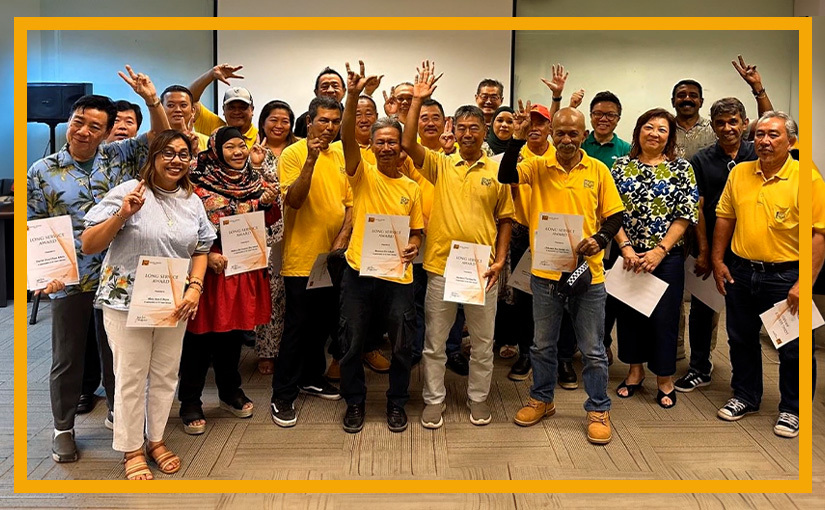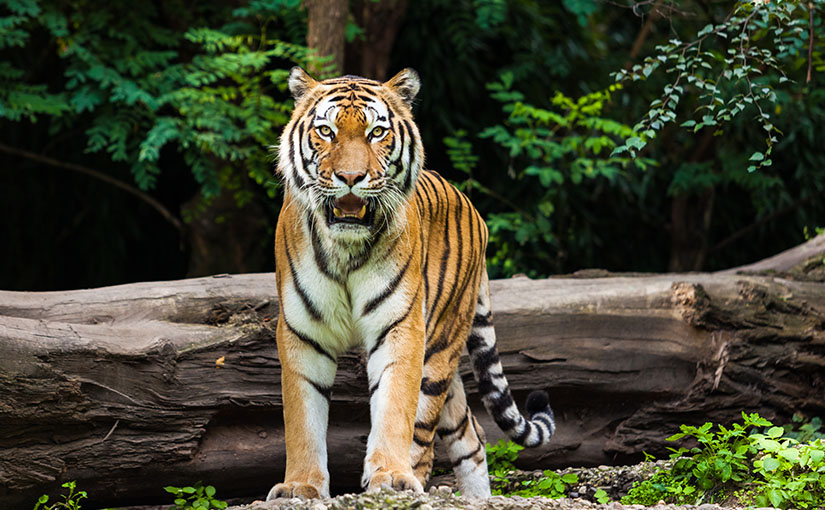A Brief Guide to Lunar New Year Celebration
Lunar New Year Celebration
One of the most crucial and highly popular festivals celebrated in most parts of Asia includes the Lunar New Year, otherwise originally known in China as the Spring Festival. This festive day serves to usher in a new year according to the lunisolar calendar. The celebration is enveloped with ancient traditions and cultural practices going back hundreds and hundreds of years. Even though each country expresses it differently, family, prosperity, and new beginnings provide a common denominator underpinning all of these festivals.
Origins and Significance
The Lunar New Year is the oldest annually held civil festival, with a recorded history of over 3,000 years, dating back to the Shang Dynasty. It was originally a time when deities and ancestors were paid homage, signifying the end of winter and the beginning of spring. According to the legend, it started when villagers used loud noises and bright lights to scare away a mythical beast called Nian. Years went by, and slowly, all these practices turned into joyful celebrations.
Preparations and Customs
In general, preparations for the Lunar New Year start weeks in advance. A family cleans its home scrupulously to sweep away all misfortunes so that good luck is ensconced in it. To add color to the festivities, red lanterns are fastened to homes, together with couplets and paper cutouts displaying auspicious phrases and symbols. The major color used in the decoration is red because it is considered to ward off evil spirits and attract good luck.
New clothes are normally purchased, especially in red or other bright colors, since wearing new clothes has the meaning of a new start. Food preparation for the feasting is also done normally. New gifts are bought, and families stockpile food for the festive days ahead. Dishes traditionally eaten during this time include fish, dumplings, and glutinous rice cakes. Each dish has its meaning, usually related to prosperity, wealth, and harmony centrally knit in one’s own family.
New Year’s Eve and New Year’s Day
New Year’s Eve is given over to family reunions. The feast, known as the “reunion dinner,” is one of the events of the night that brings together all members of the family near and far. The meal would largely sum up to a big spread, usually huge in courses with foods rich in symbolism right on the menu. Firecrackers and fireworks turn the night sky red at midnight to usher in the new year by scaring away evil spirits.
New Year’s Day is for family reunions, respect for elders, and paying homage to ancestors. People pay respect to elders in the family and wish each other well for the New Year. It is also expected to give red envelopes with money inside to children and unmarried adults. The red envelopes symbolize good luck and prosperity.
Cultural Performances and Public Celebrations
Public celebration for Lunar New Year is necessary. A number of parades are held in major cities that include dragon and lion dances to the rhythmic beats of drums and cymbals to bring good luck and ward off evil spirits. Cultural fairs, exhibitions, and visits to temples are also seen, where people can get immersed with art and traditional crafts.
Celebrations Around the World
While the Lunar New Year is celebrated mainly in China, it is actually the biggest holiday of the year in several other Asian countries, such as Vietnam, Korea, Malaysia, and Singapore. Each country has its own very special customs and traditions. For instance, in Vietnam, it is called Tet, and every family plants a New Year’s tree, which is referred to as a “cay neu.” In addition, in Korea, the celebration comes with ancestral rites and traditional attire known as “hanbok.”.
Conclusion of Lunar New Year Celebration
The Lunar New Year is one of joy, reflection, and renewal. It cuts across borders to bring people together in festivity, rejoicing in their heritage of cultural background and new beginnings. Be it through family reunions, traditional foods, or vibrant public festivities, the message of the Lunar New Year remains the same—a hopeful, prosperous beginning to the New Year. It is the constantly evolving world that makes the Lunar New Year celebration ever-continuing and creates the opportunity for other cultures to take part in the rich traditions and timeless spirit it holds.
If you found this article interesting, you might also be interested in taking a look at How much do you know the lunar year of the tiger and Let’s start the year of the Tiger with laisee.











